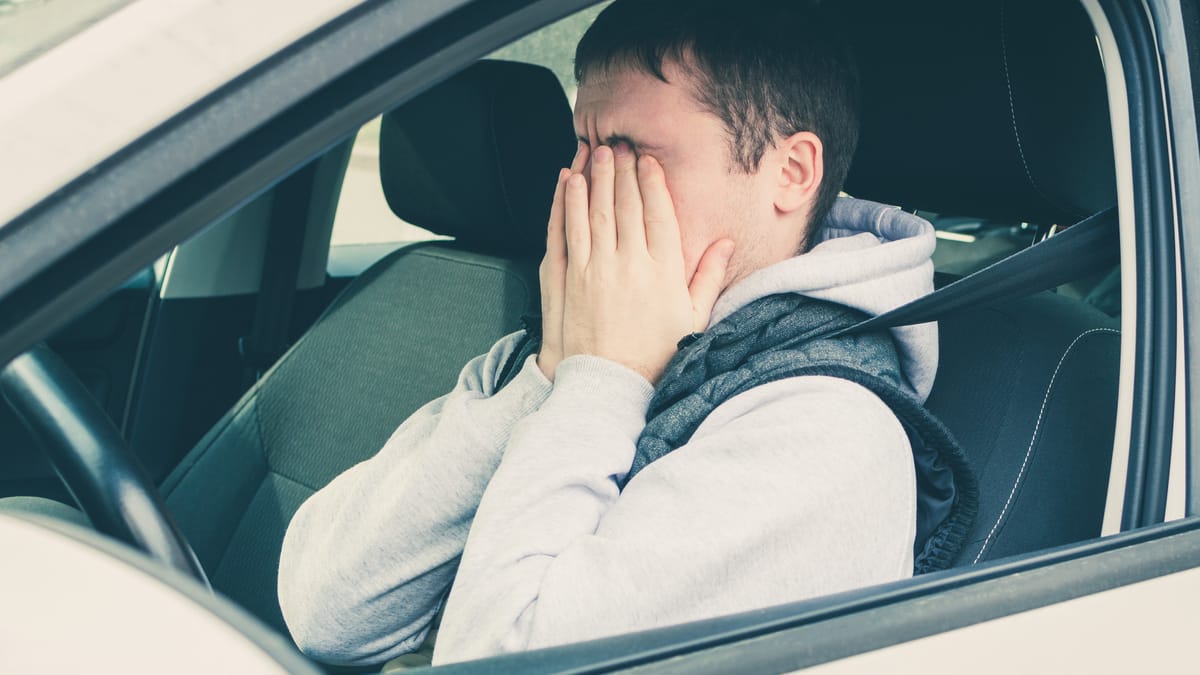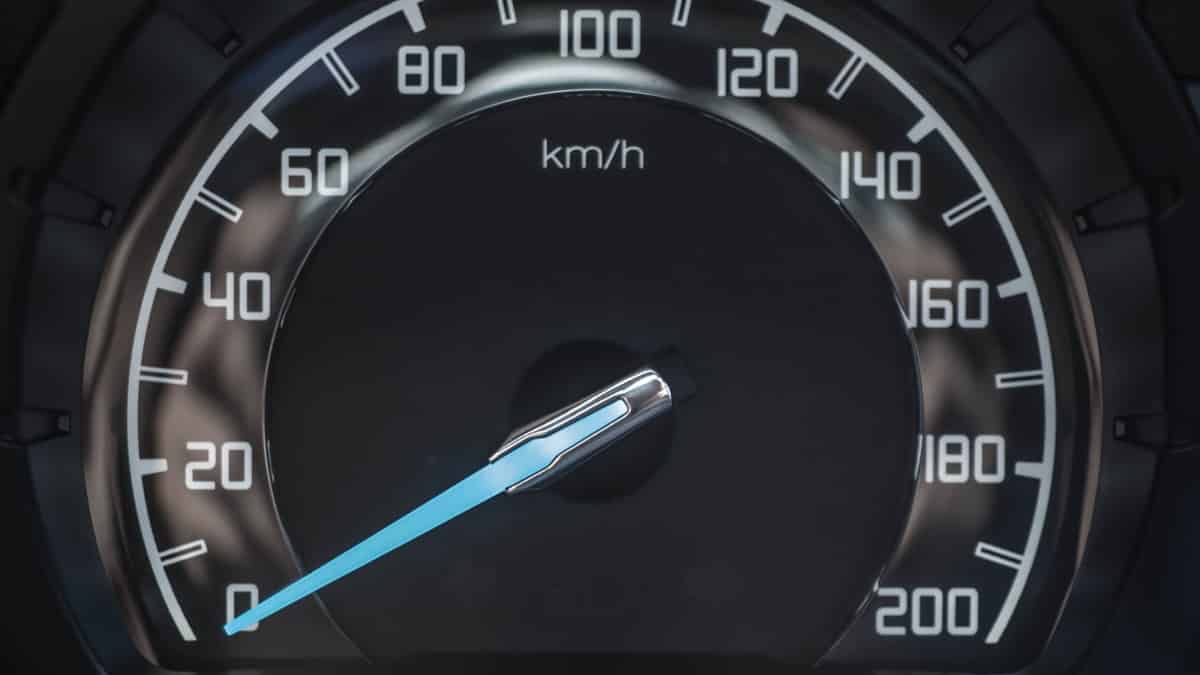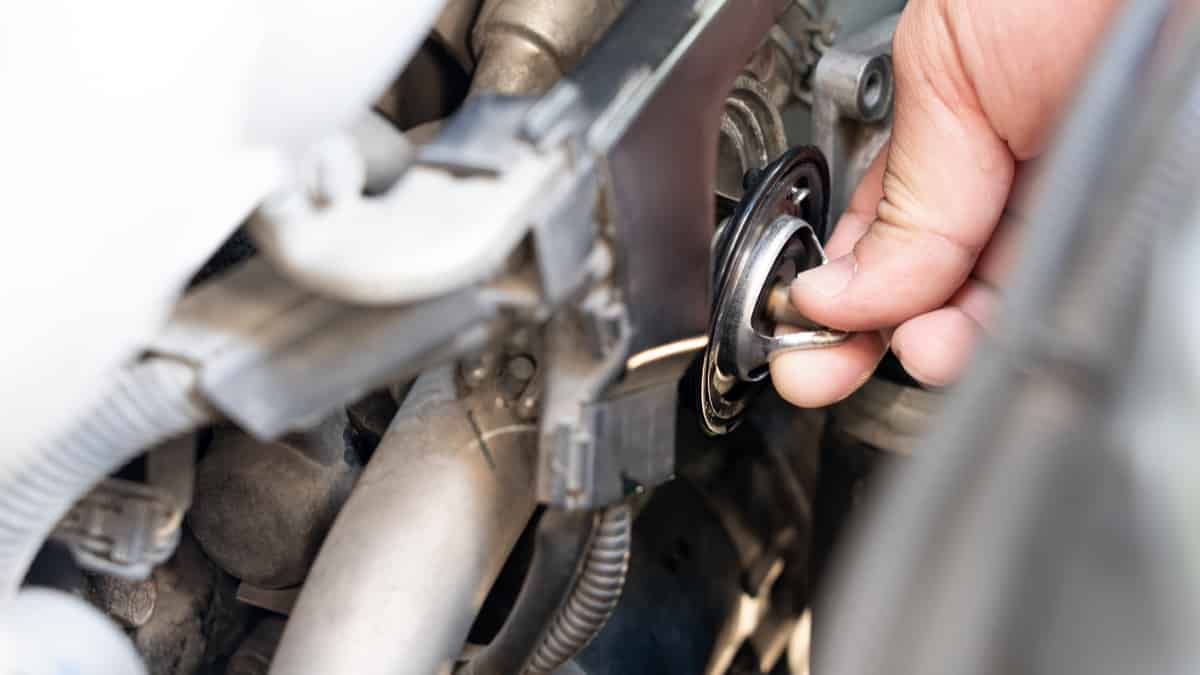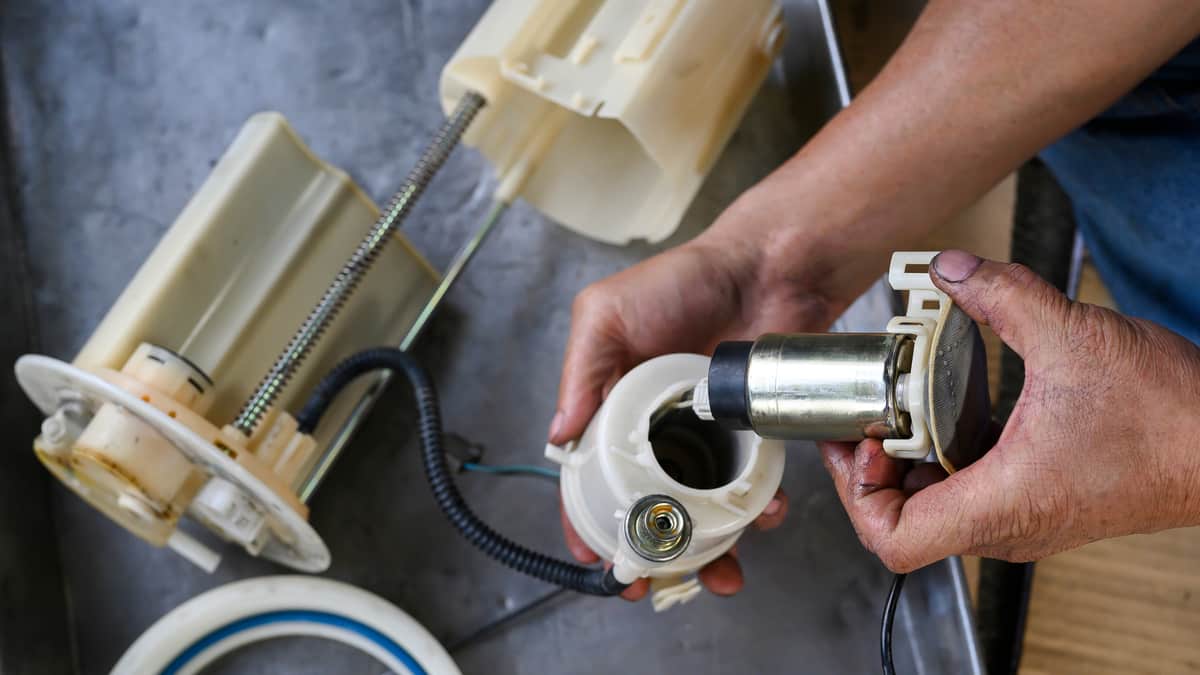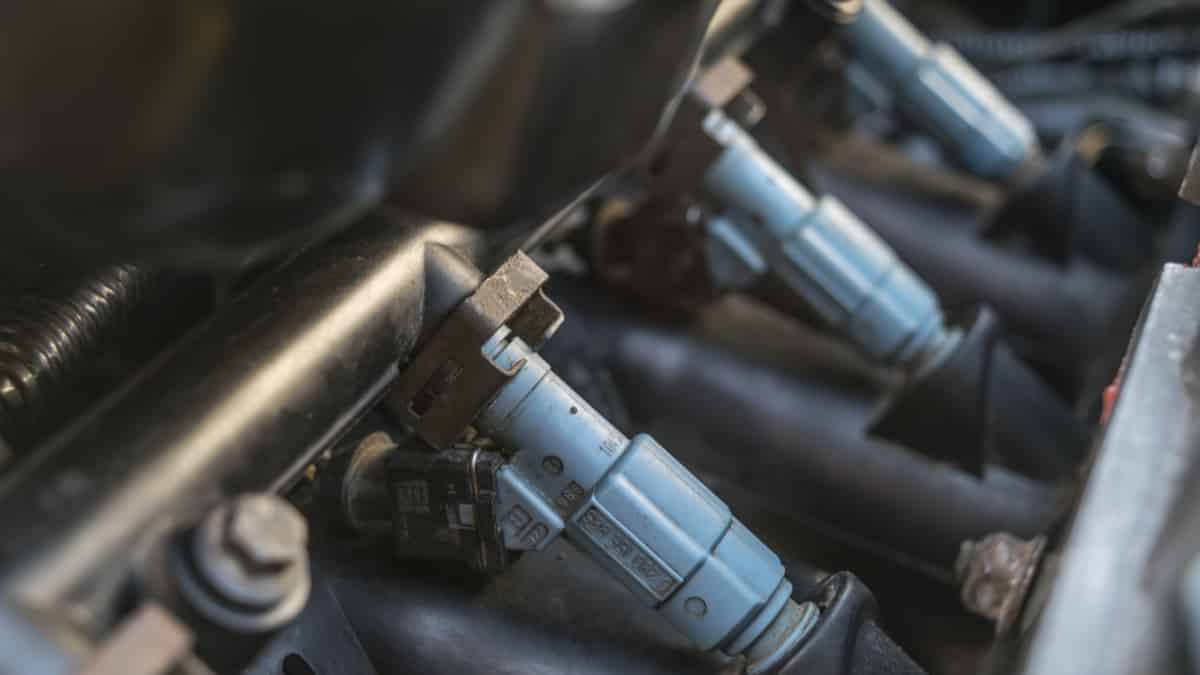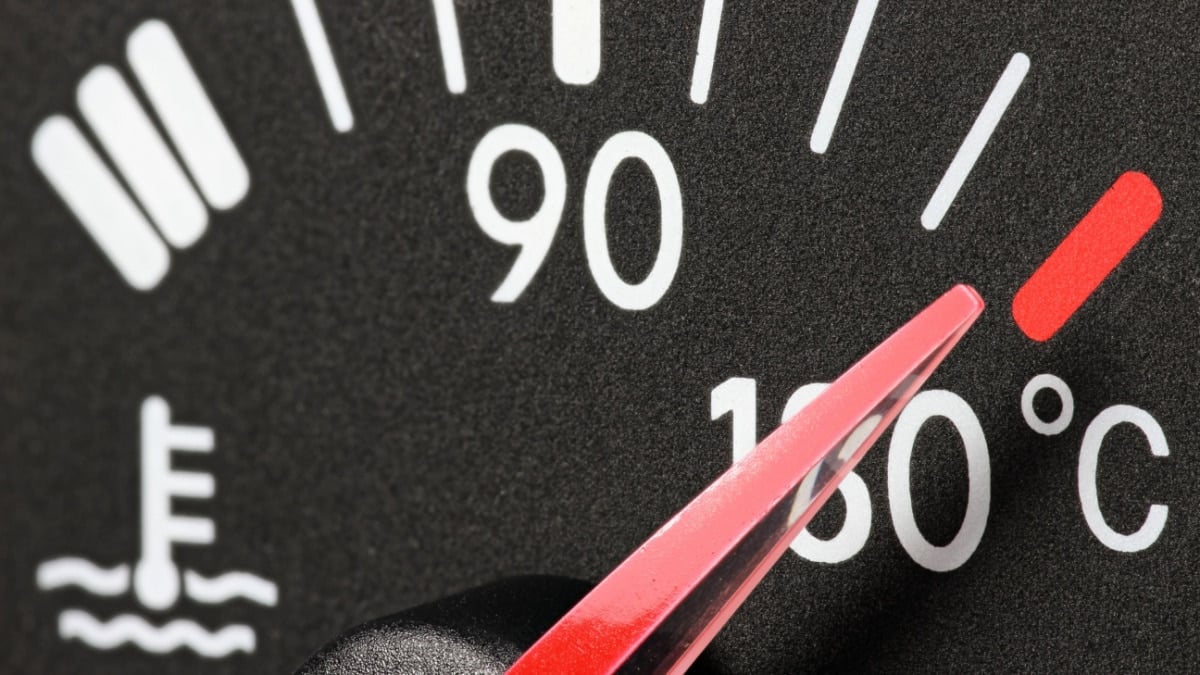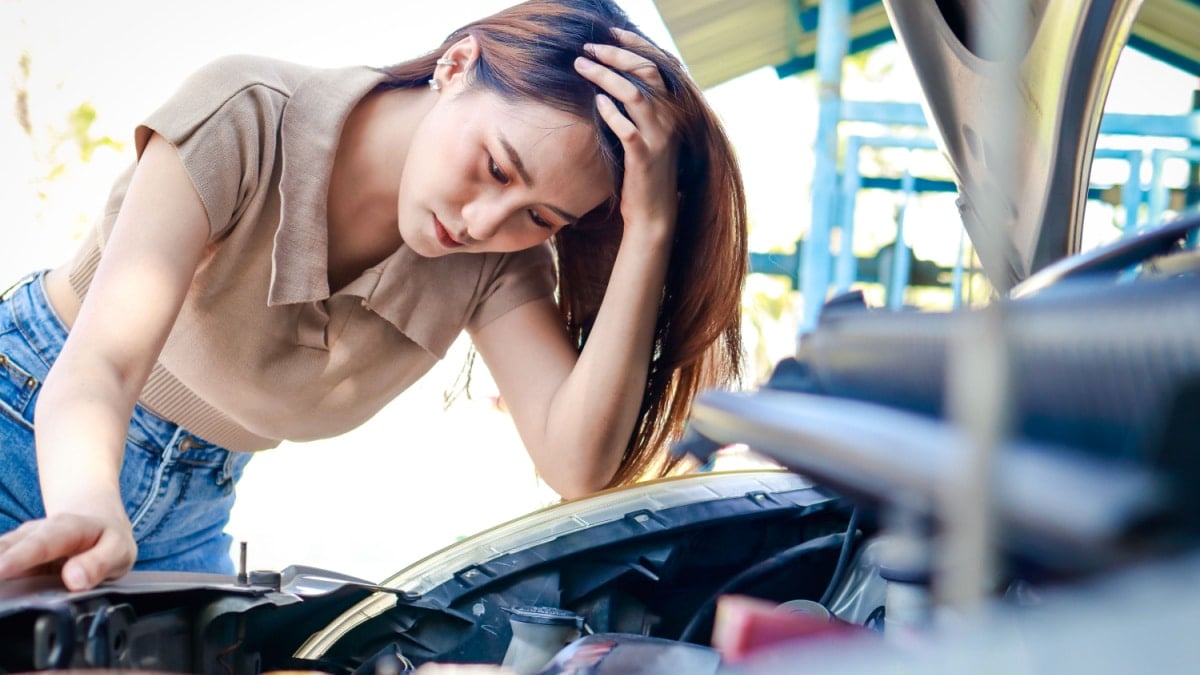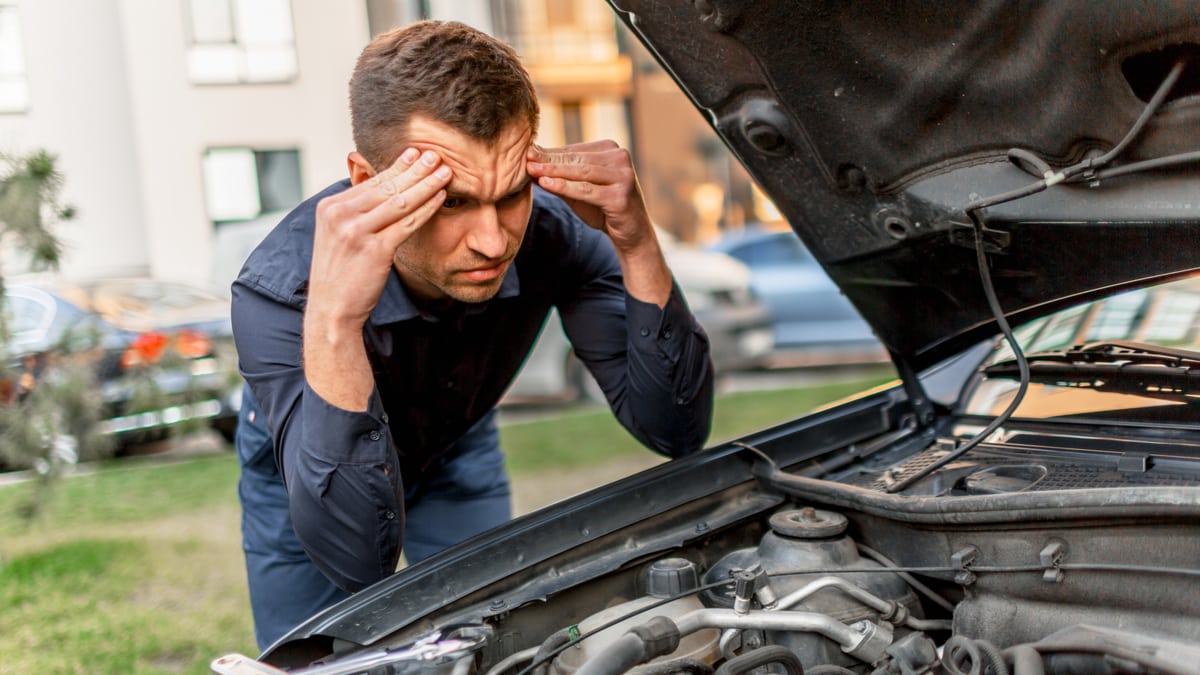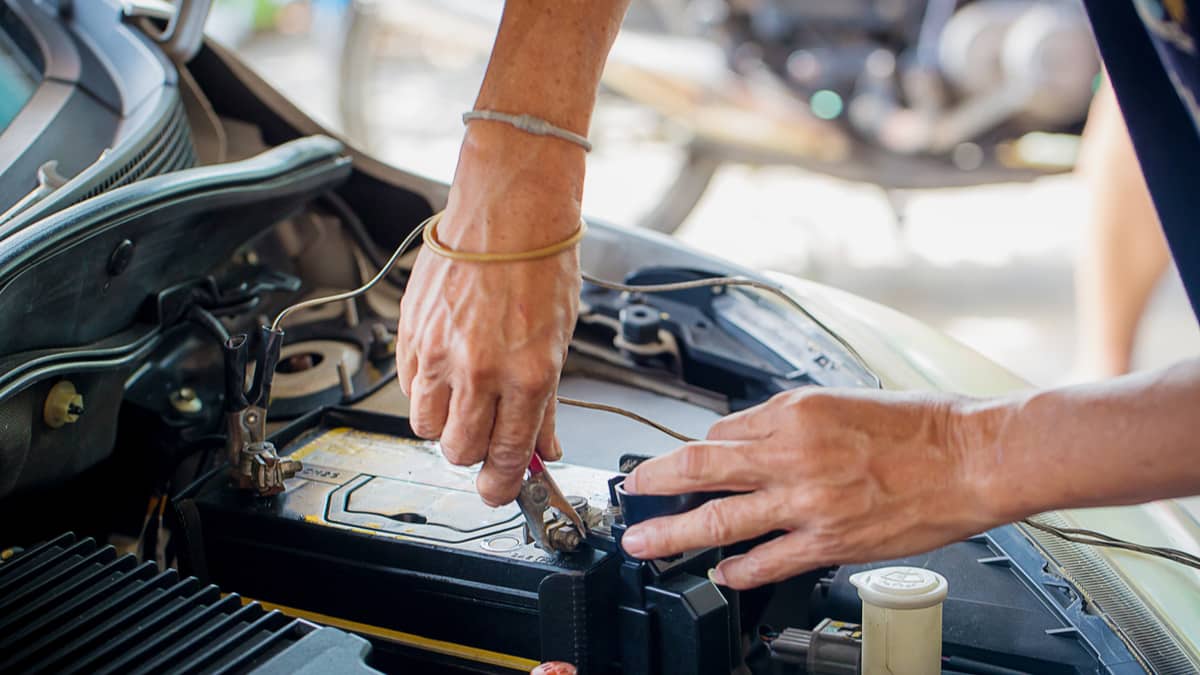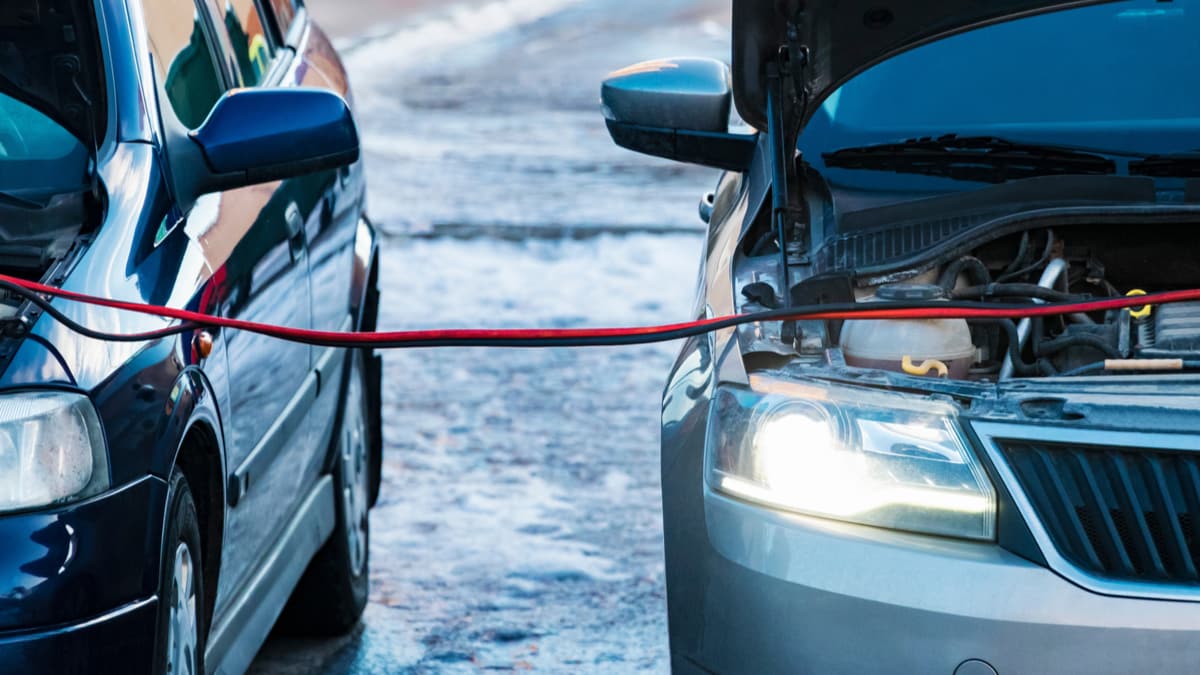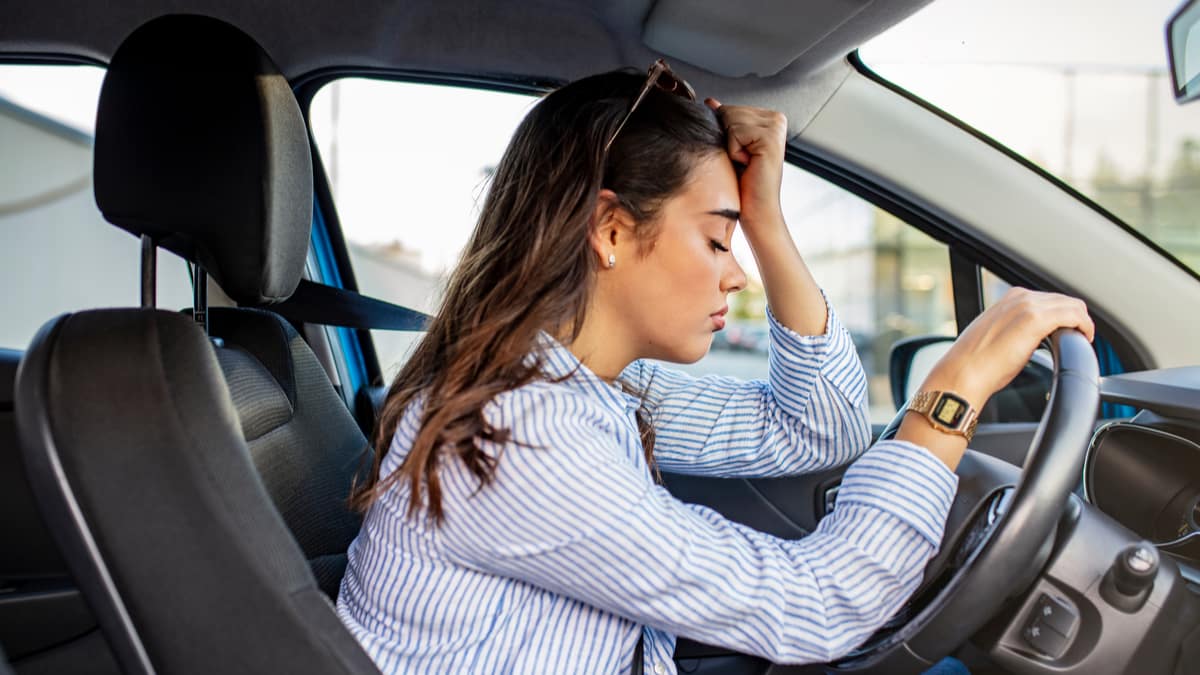What could be more irritating than a car that starts for a couple of seconds and then shuts off completely every time you try?
Not a lot of things if you ask me! You should know that it is quite a common problem, so you are definitely not alone, and there are some easy fixes to this.
In this article, we will go through the 10 most common reasons why your car starts and then dies immediately. So let’s begin with a quick look at the most common reasons why this problem would occur.
Reasons Why A Car Starts Then Stops Immediately
The most common reason a car starts then dies immediately is a lack of fuel injected into the engine. It can also be a faulty immobilizer not recognizing the car key. The lack of fuel issue is most often caused by a clogged fuel filter or a bad fuel pump.
However, these are just some of the most common causes and there are actually a few more. Here is a more detailed list of the most common reasons why your car starts then dies:
1. Lack of Fuel
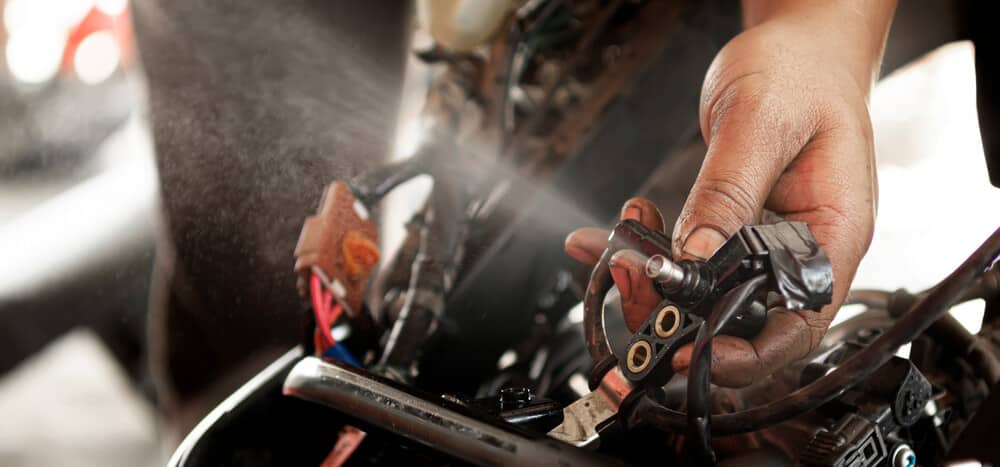
The most common reason why your car starts then dies is because of a lack of fuel in the engine. This often happens because there is a small amount of fuel in the fuel rail – which is enough to help the engine start – but there is no fuel pressure to keep the engine alive.
Lack of fuel is pretty easy to locate, though. Either you can connect a fuel pressure gauge on the fuel rail, or you can loosen a bolt there carefully when you crank the engine to see if you have any fuel pressure. Be careful that you do not set anything on fire, though.
If you realize your car has low fuel pressure, you can check out our other article about Low Fuel pressure.
2. Anti-Theft Alarm System
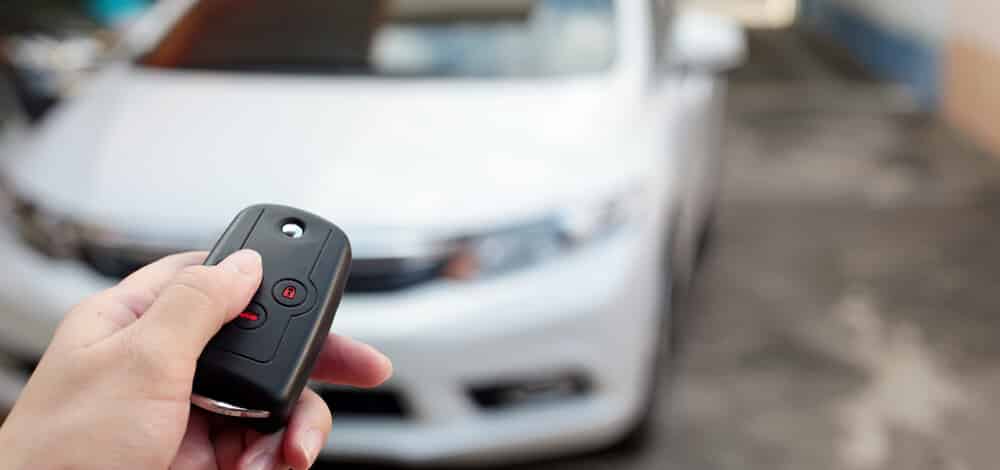
The second most common cause is any problem with the immobilizer or anti-theft alarm system. When the anti-theft system is activated, the car will not send any power to the fuel pump, which builds fuel pressure in the fuel rail. This will cause the car to start for some seconds, as we talked about before.
If the anti-theft alarm system is from the factory, you should have a key symbol on your dashboard that should turn off a couple of seconds after turning the ignition. If it is not, try to lock and unlock your car and try again. If it is still illuminated, there might be a problem with your car key.
If you have an aftermarket anti-theft alarm, there might actually be a problem with the alarm itself or a bad remote. You may need to program the immobilizer hardware.
3. Dirty Fuel Filter
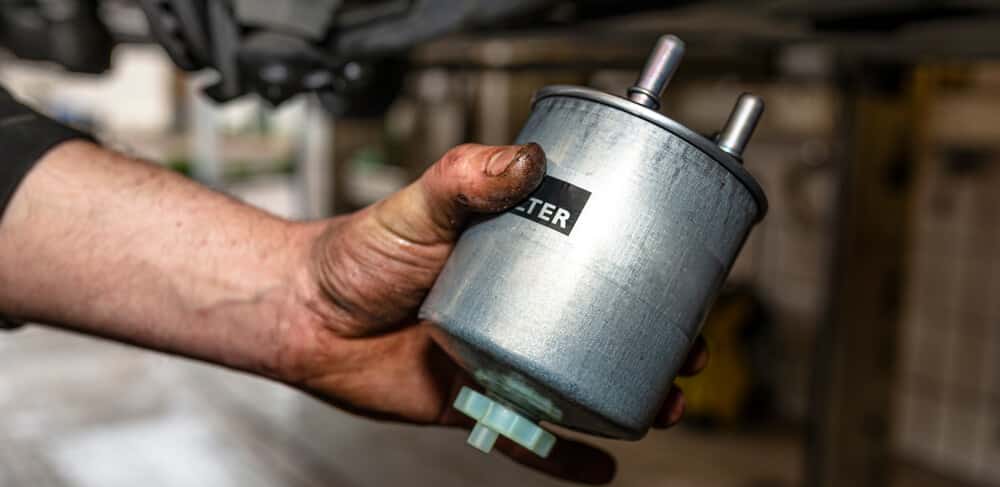
If the car stops after turning on the ignition, the problem could be a lack of fuel, as we talked about before. A fuel filter is a widespread cause of low fuel pressure.
The fuel filter is a filter that you should replace after a schedule – the precise time interval depends on your car model. If you haven’t replaced it for a long time, it might actually be clogged.
Fuel filters are often quite easy to replace and not very costly. If you have low fuel pressure, it can be worth trying to replace it.
4. Bad Idle Control Valve
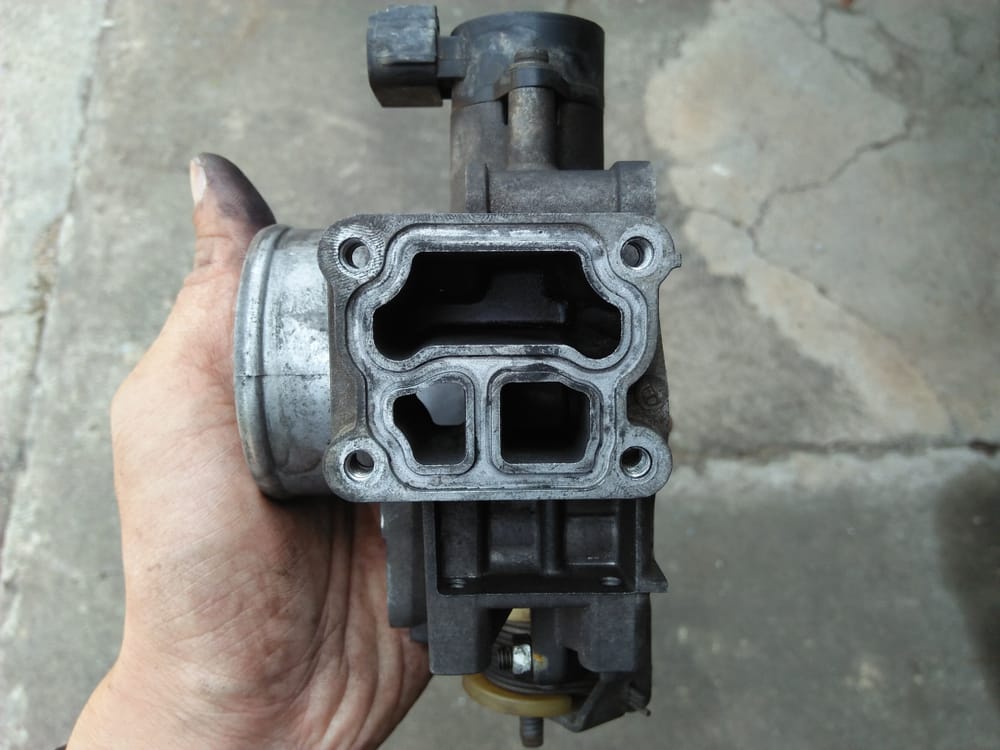
The idle control valve‘s function is to keep your car’s idle steady. Newer cars control the idle with the throttle body, but if you have an older car with a steel wire to the throttle body, you have an idle control valve.
Often this idle control valve can become dirty, and this will stop the idle control valve from working properly. You can try to clean this valve to see if it gets better. Otherwise, you have to replace it or repair the wirings to it.
5. Vacuum Leak
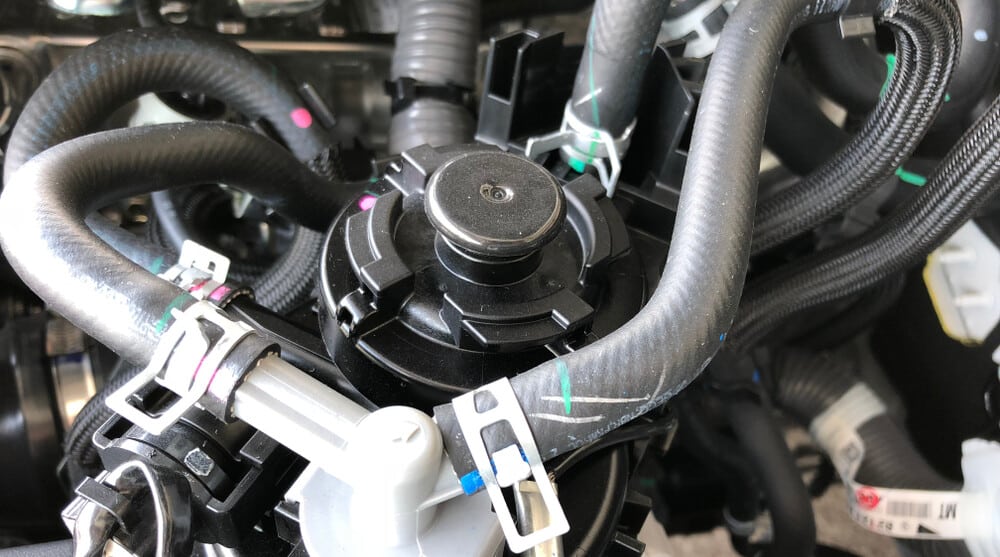
The throttle body or idle control valve controls the idle by regulating the amount of air entering the intake manifold. If you have a major vacuum leak, this can actually cause the car’s air-fuel mixture to become too lean and your car will die after a couple of seconds every time you try to start your car.
Vacuum leaks are often quite easy to locate, either using an EVAP smoke machine or just listening for the leak, as it will often cause a high-pitched sound.
6. Faulty Spark Plugs
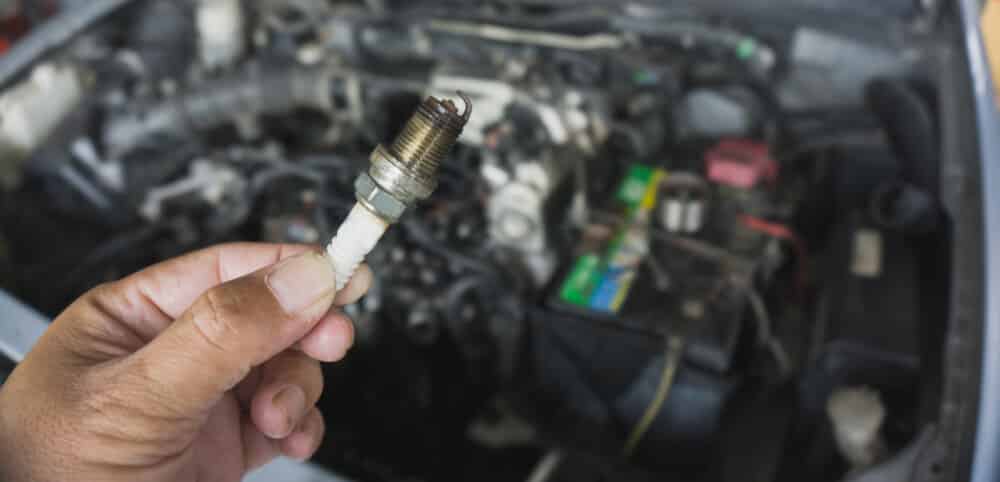
The combustion engine works by igniting an air-fuel mixture. The spark plugs provide the spark for this ignition. The pistons move up and down, which leads to movements in the crankshaft and the wheel axles.
If the spark plugs are faulty, the ignition will fail, and the car will stop moving. The car will start for some seconds, but misfire too much with a weak spark, causing the engine to die very soon after you start your car.
7. Fuel Injector
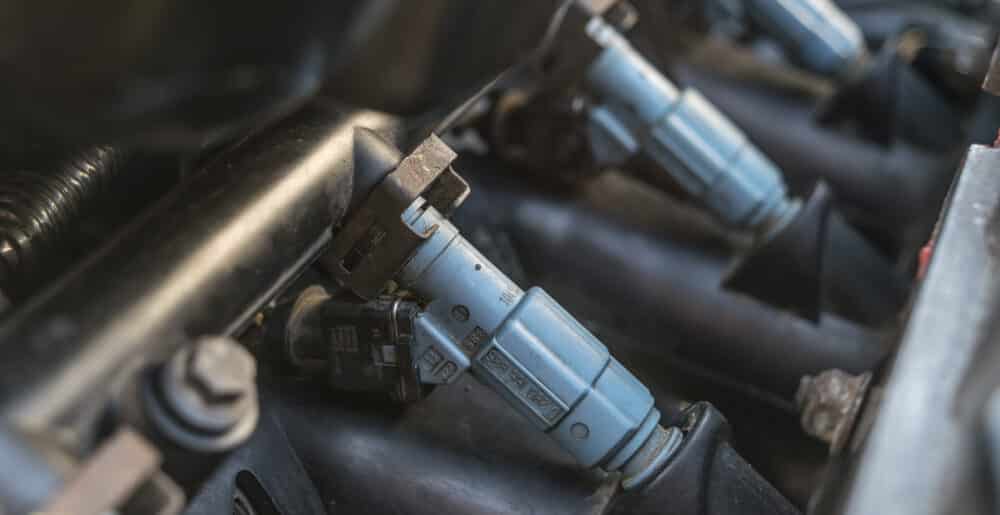
The fuel is injected under high pressure into the combustion chamber with the help of the fuel injectors. The fuel injectors’ job is to regulate, so the exact amount of fuel needed will enter the combustion chamber.
If a fuel injector fails, it can cause the engine to run on fewer cylinders and also cause the fuel pressure to become low if one is stuck open.
You can try to feel the fuel injectors with your hand while cranking to see if they click. If they are not making any clicking sound, one of them might be faulty, and you will need to test the fuel injectors.
8. Faulty Ignition Switch
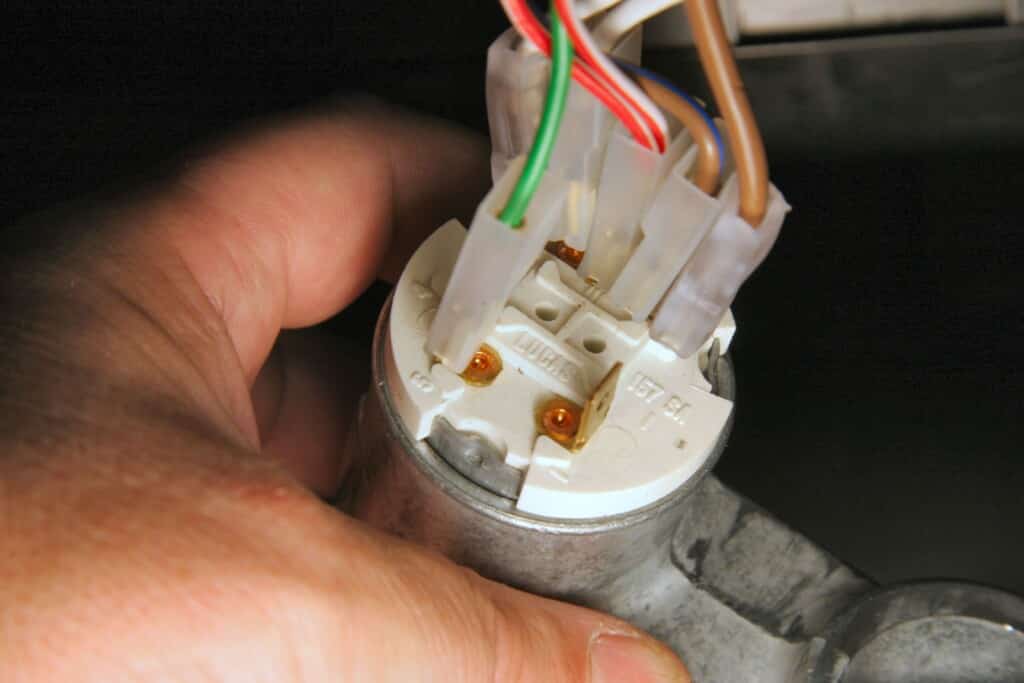
If your ignition switch is damaged, you may start the car normally, and after a few seconds, the car will come to a complete stop. If your ignition switch is defective, you must check the switch contacts for wear.
The ignition switch is located behind the car’s ignition lock. In newer cars, it is most often impossible to replace the ignition switch itself; you have to replace the whole ignition lock.
9. Faulty EGR Valve
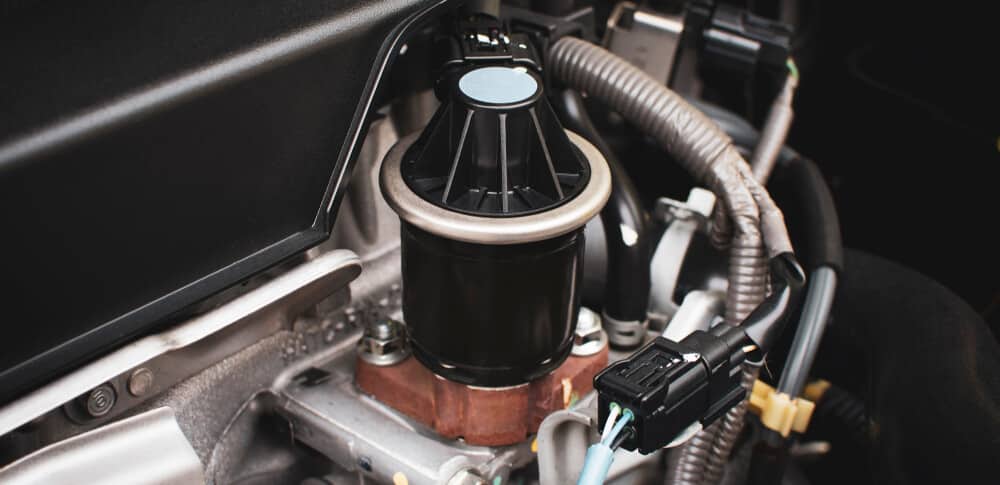
The EGR valve controls the exhausts that should be recirculated into the engine. If the EGR valve is stuck open, it may enter too much air into the intake manifold.
This can cause the mixture to get too lean, which will also, in turn, cause the car to start and then die after a couple of seconds.
10. Engine Control Unit (ECU)
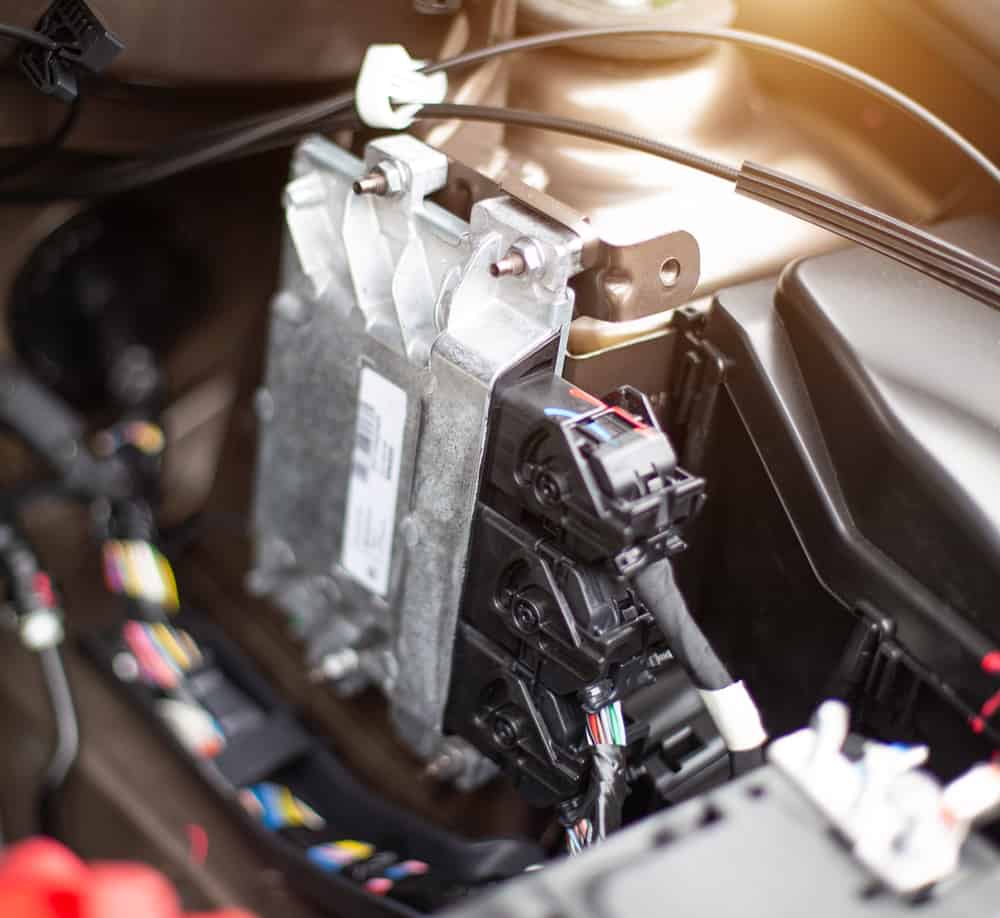
The ECU is a computer system that controls various engine functions, including the fuel injection system. Since a vehicle needs fuel to move, any ECU malfunction will cause the vehicle to come to a halt after starting.
The ECU controls the engine components via a series of sensors. Over time, the sensors become faulty and pass on erroneous information to the ECU. In this case, you must take your car to a car repair shop.
What to do when your car starts then dies?
If your car starts and then dies immediately, the first thing you should check is if the immobilizer recognizes your car key. Check for the key symbol on your dashboard and make sure it disappears after a few seconds after you turn the ignition. After this, you need to check the fuel pressure. If the fuel pressure is low, you need to inspect the fuel filter and fuel pump.
Can you unclog a fuel filter?
Although you can clean the fuel filter to unclog it, it’s not worth it. Fuel filters are often quite cheap and you can run into a lot of problems and headaches if you try to clean it instead of just installing a new filter.
Can a bad battery cause a stalling engine?
A bad battery could cause stalling if it’s really bad. When your battery isn’t providing enough power to keep the engine running, it can cause all sorts of problems, including stalling. If you’re having trouble starting your car or it’s been stalling more often than usual, it’s definitely worth getting your battery checked out.
What sensors can cause a stalling engine?
There are a few different types of sensors that can cause stalling in a car, depending on the car model. One type is the mass airflow sensor, which measures the amount of air flowing into the engine. If this sensor isn’t working properly, it can cause the engine to stall. Another type of sensor is the throttle position sensor, which tells the computer how far the accelerator pedal is being pressed. If this sensor isn’t working correctly, it can also cause stalling. Other potential sensors are the engine temp sensor, MAP sensor, and intake air temperature sensor.
If your car starts and then dies immediately, it’s very likely due to a problem with the fuel supply system or the immobilizer. Some of the parts in the fuel supply system you want to inspect are the fuel pump, fuel pressure regulator, fuel filter, and fuel injectors.
You also want to make sure that the key symbol on your dashboard lights up for a couple of seconds and then goes away when you turn on the ignition. If it is still there while starting the car, it means that the immobilizer is activated and there may be a problem with your transponder key.
If you’re still having trouble after inspecting all of the parts and tips in this article, take your car to a mechanic for further diagnosis.
Learn more:
- 6 Symptoms of a Bad Ignition Switch
- Car Stalls at Idle: What Causes a Car to Die While Idling?
- I Lost My Car Keys & Have No Spare (What To Do?)
Tags: Starting Issues
Categories: Driving, Electric, Troubleshooting
